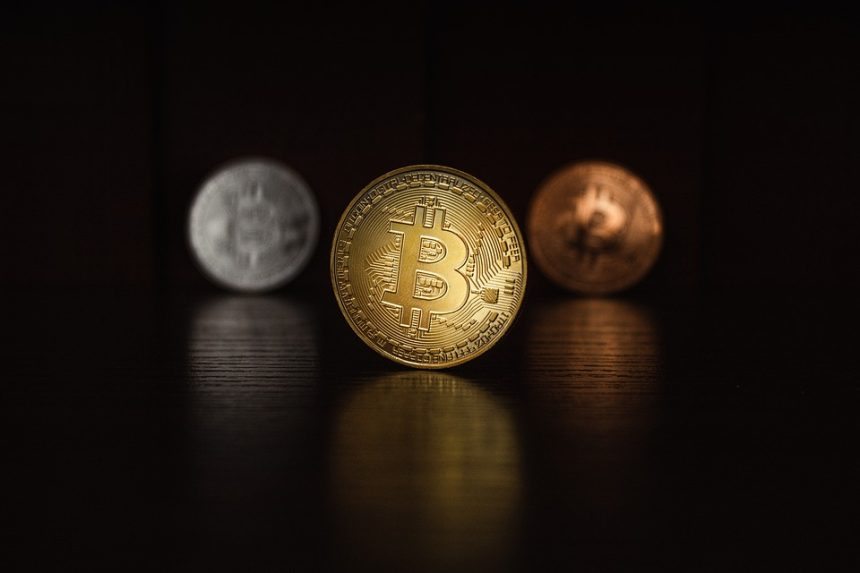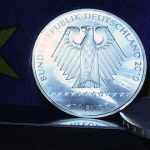In the vast, chaotic world of digital art, a new genre has emerged that has revolutionized both the NFT landscape and the art market as a whole: NFT parodies. Combining humor, creativity, and sharp social commentary, NFT parodies serve not just as a playful spoof on the craze but as a critique of the phenomena surrounding non-fungible tokens (NFTs). This article will delve into the rise of NFT parodies and their significant yet often overlooked market impact, embodied by the phrase “Sell This, Not That.”
The Rise of NFT Parodies
The inception of NFTs catalyzed a whirlwind of excitement and speculation in the art world, with thousands of artists and creators vying for a chance to ride the digital wave. However, amidst the mere trading of pixels, some artists decided to take a different approach—injecting humor and irony into the burgeoning NFT market.
The first sparks of NFT parody art can be traced back to well-known figures who capitalized on the absurdity of excessive prices and art whose intrinsic value baffled the average consumer. Iconic projects like “Pixelmon” were both celebrated and ridiculed, sparking hilarious commentaries through derivatives. Seasoned artists—often armed with wit sharper than a scalpel—began to create derivative works that mirrored the originals, but with a comedic twist.
Comedic Flair: The Art of Parody
Parody is an ancient form of literary and artistic expression, but in the context of NFTs, it takes on a unique shape. Using memes, satirical imagery, and exaggerated themes, these creators hold a mirror to the NFT market, in which outrageous sales and ostentatious displays of wealth proliferate.
For instance, the famous “Disaster Girl” meme was transformed into an NFT, and in a brilliant twist, sold for a jaw-dropping amount—only to inspire countless mimicry focusing on absurd price tags. By juxtaposing iconic internet moments with outlandish NFT prices, parody artists not only entertained a global audience but also provoked thought about what determines value in the digital age.
Moreover, the tongue-in-cheek style of NFT parodies often employs clever visual puns, with titles like “Jordan’s Air Mints” playing on both the name of a famed basketball player and the nature of mints in the crypto world. This fusion of pop culture and the peculiarities of blockchain technology smartly critiques the sometimes arbitrary nature of value attributed to NFTs.
Bigger than Laughs: Market Impact
While NFT parodies may appear humor-driven, they play a pivotal role in shaping the perception of the NFT market. As more parody projects gain traction and garner sales, they bring a levity that contrasts with the sometimes pretentious art market, allowing a broader audience to engage.
-
Accessibility: Parody NFTs democratize access to the market by appealing to a wider demographic. Those who may not be familiar with the conventions of traditional art can easily grasp the humor in a parody. This accessibility encourages novice buyers and collectors, expanding the overall market size.
-
Critique of Speculation: The exaggerated nature of comedic NFTs can highlight absurdities within the market, acting as sociocultural commentary on speculative buying and the FOMO (fear of missing out) mentality rampant in the crypto space. More than jokes, these works challenge audiences to consider their own consumption practices and the volatile nature of digital currencies.
-
Cultural Conversation: Parody NFTs create a dialogue surrounding value and meaning, ultimately prompting existing and potential buyers to think critically about their own purchasing behaviors. This conversation keeps the NFT ecosystem dynamic and reflective, reminding stakeholders that behind the digital assets lies an ongoing cultural narrative.
- Investment Diversification: NFT parodies can also serve as a barrier against market volatility. Traditional high-value NFTs may suffer from price fluctuations, while parody pieces might maintain or grow value in a different way due to their novelty. Investors looking to diversify might consider these comedic pieces not just as cultural artifacts, but also as unique financial opportunities.
Conclusion
"Sell This, Not That" captures the essence of what NFT parodies represent in today’s digital art market. Far beyond simple jest, their comedic flair serves as a vehicle for broader discussions around value, accessibility, and speculation in the world of NFTs. As the market continues to evolve, these parodical works remind us that art, even in its most digital form, thrives on humor, reflection, and, ultimately, a shared human experience. Whether as stand-alone pieces or commentary on the marketplace, NFT parodies have carved a niche that simultaneously entertains and enlightens—an essential dynamic in the ever-shifting landscape of digital art.






